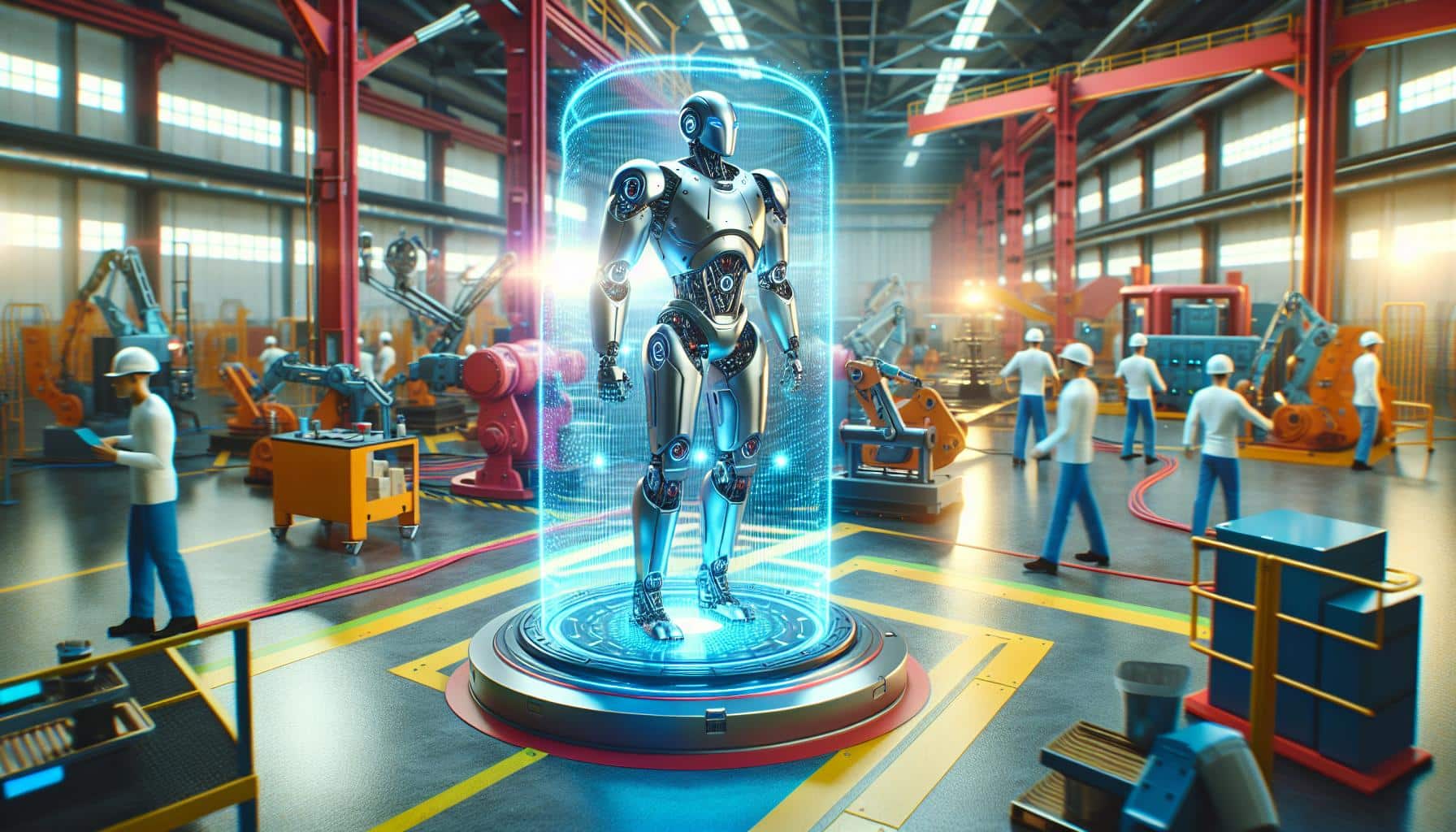The Importance of Safety Technology in Tool Design
Safety technology in tool design plays a crucial role in preventing injuries and protecting workers from hazards. Unlike a seatbelt that requires conscious effort to put on, safety technology in tools provides continuous protection without disrupting the workflow. These engineering controls are highly effective in removing the hazards at their source, ensuring worker safety.
Advancements in technology have contributed to the development of various safety technologies for the workplace. These include machine sensors, mobile apps, wearables, cloud-based software, predictive analytics, robotics, real-time employee monitoring and tracking, and PPE tracking with embedded sensors. These technologies are designed to enhance workplace safety and protect workers from potential risks and hazards.
Recent Examples of Safety Technology in Tool Design
1. Noise reduction: Construction workers often face excessive noise exposure, leading to hearing loss. Manufacturers now conduct sound power tests in isolated sound chambers to collect objective noise data and influence product design, reducing the noise level and protecting workers’ hearing.
2. Self-cleaning vacuums: HEPA vacuums with automatic filter cleaning mechanisms ensure compliance with regulations on respirable crystalline silica dust. These filtration systems capture a high percentage of particles and eliminate the need for workers to spend time cleaning them, increasing productivity and safety.
3. Blade stop: Grinders are common tools involved in jobsite injuries due to their quick set down and pick up. Some grinders now feature innovative braking technology that can stop the accessory in as little as 1 second when the trigger is released. This significantly reduces the risk of injuries when setting down the tool.
4. Anti-vibration: Excessive vibration from tools can lead to long-term injuries and circulatory concerns. Rotary hammers now incorporate an Anti-Vibration System (AVS) that reduces vibration and minimizes fatigue and circulatory issues, ensuring the health and safety of workers.
Supporting Health and Safety Professionals
Safety technology in tool design not only protects workers but also helps build a safety culture within an organization. Investing in equipment with safety technology sends a message to workers that their well-being is a priority. It also strategically supports the business by reducing the financial impact of injuries and improving overall productivity and worker morale.
Companies can save costs by preventing insurance rate hikes and the productivity loss associated with injuries. Safety technology can help avoid musculoskeletal disorders (MSDs), which account for a significant number of workplace injuries. Battery-powered light equipment with safety technology can reduce claim costs and prevent injuries, such as MSDs.
The Role of Safety Technology in Jobsite Evolution
While eliminating hazards and substitution are highly emphasized in dealing with jobsite risks, safety technology is often one of the most impactful solutions. It is part of a larger jobsite evolution that is changing the way work is done. New and safer battery-operated solutions, such as core drills, offer user-driven designs with crucial engineering controls for safety, productivity, and ease of use.
The mindset on jobsites has shifted, as workers are now aware that they don’t have to accept the safety risks that were once considered part of the job. With the availability of safety technology, workers can carry out their tasks with reduced risks and increased peace of mind.
By embracing safety technology in tool design, companies can prioritize worker’s well-being, save costs, and create a safer work environment. As the saying goes, “You don’t know what you don’t know,” and now workers realize that the risks they once accepted can be averted with the help of safety technology.
Analyst comment
Positive news. The market for safety technology in tool design is expected to grow as companies prioritize worker safety and well-being. Advancements in technology, such as machine sensors, wearables, and real-time monitoring, contribute to enhancing workplace safety and reducing the financial impact of injuries. Investments in safety technology send a message to workers about the company’s commitment to their well-being, improving overall productivity and worker morale. Workers are increasingly aware that safety risks can be averted with the help of safety technology, leading to a shift in the mindset on jobsites.













